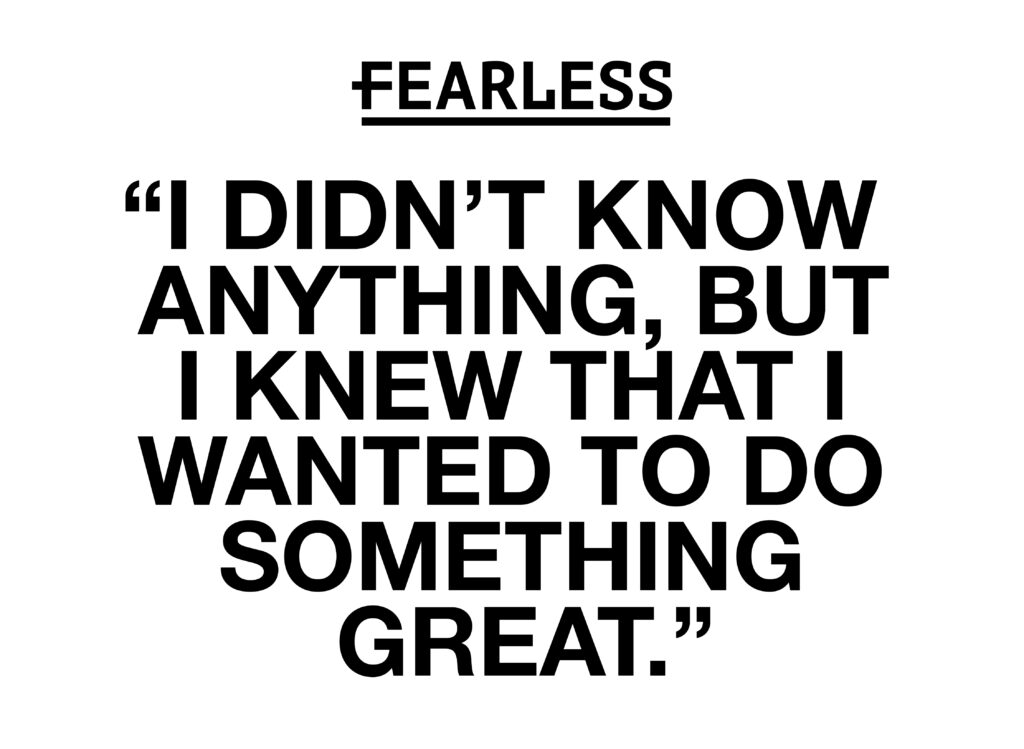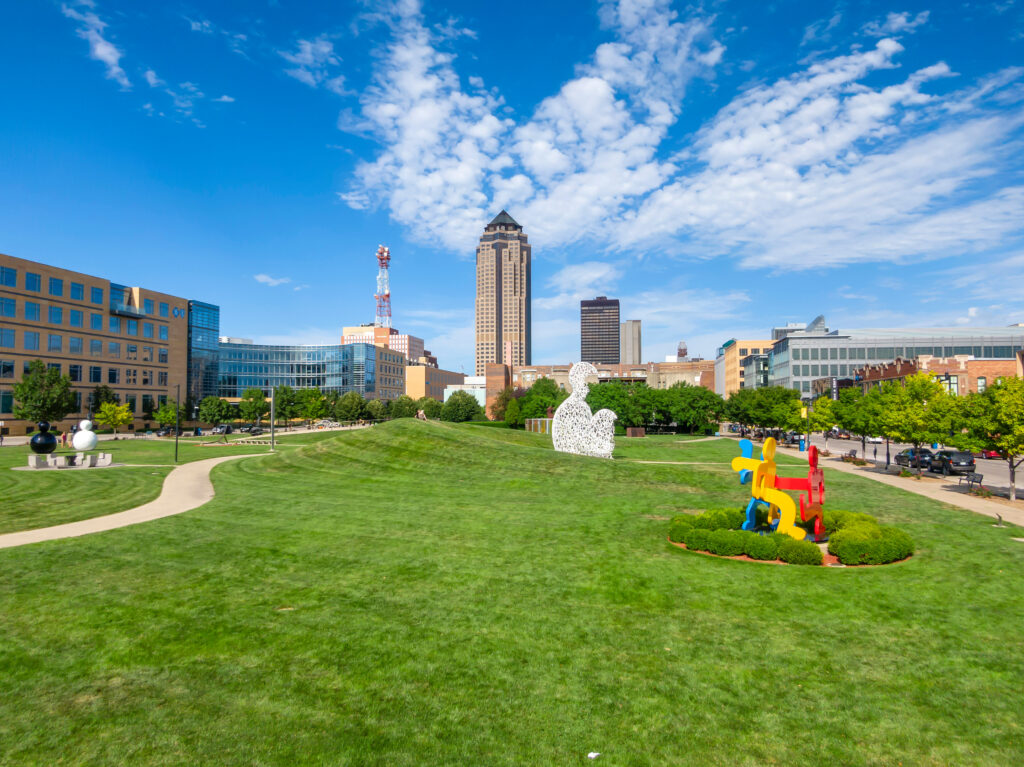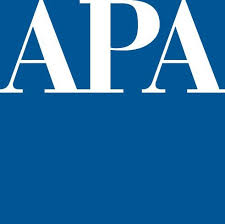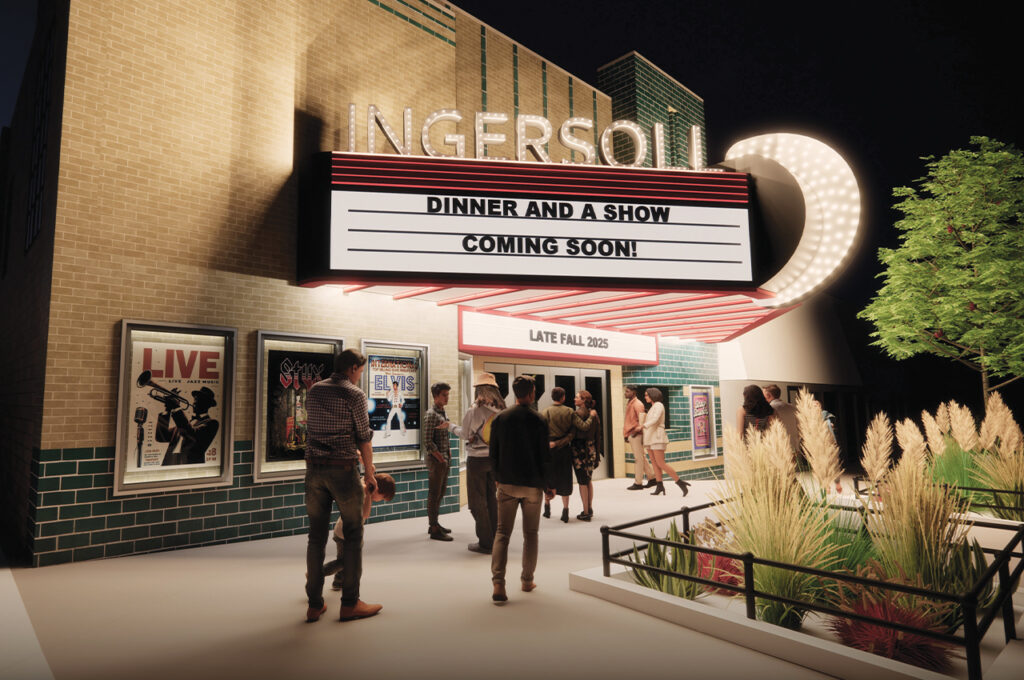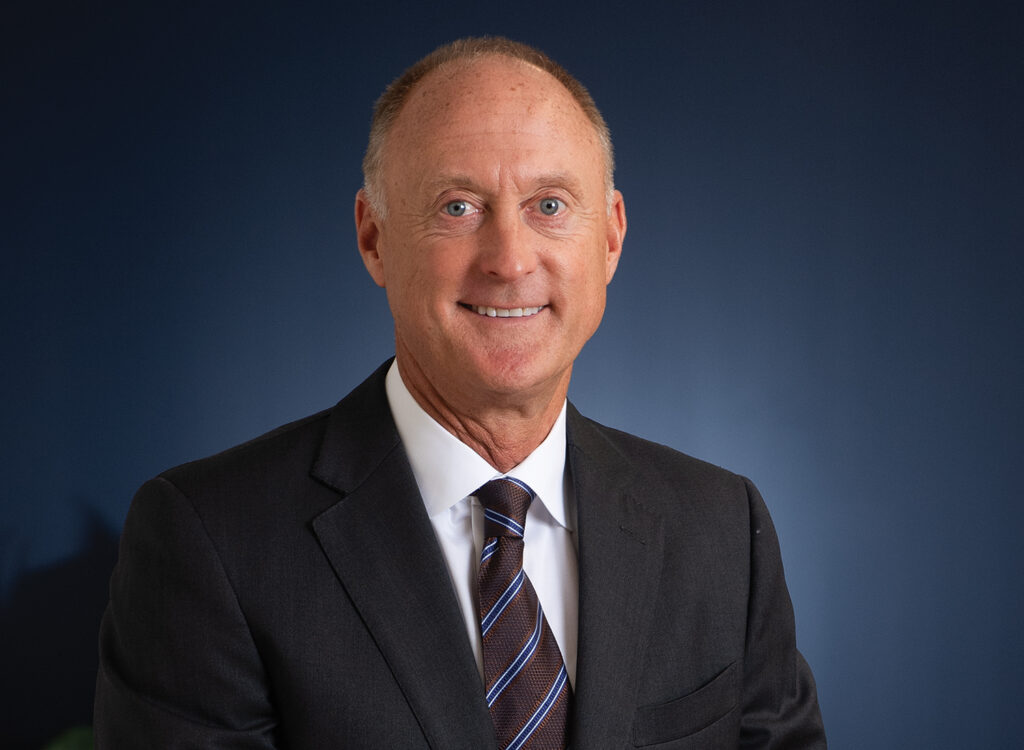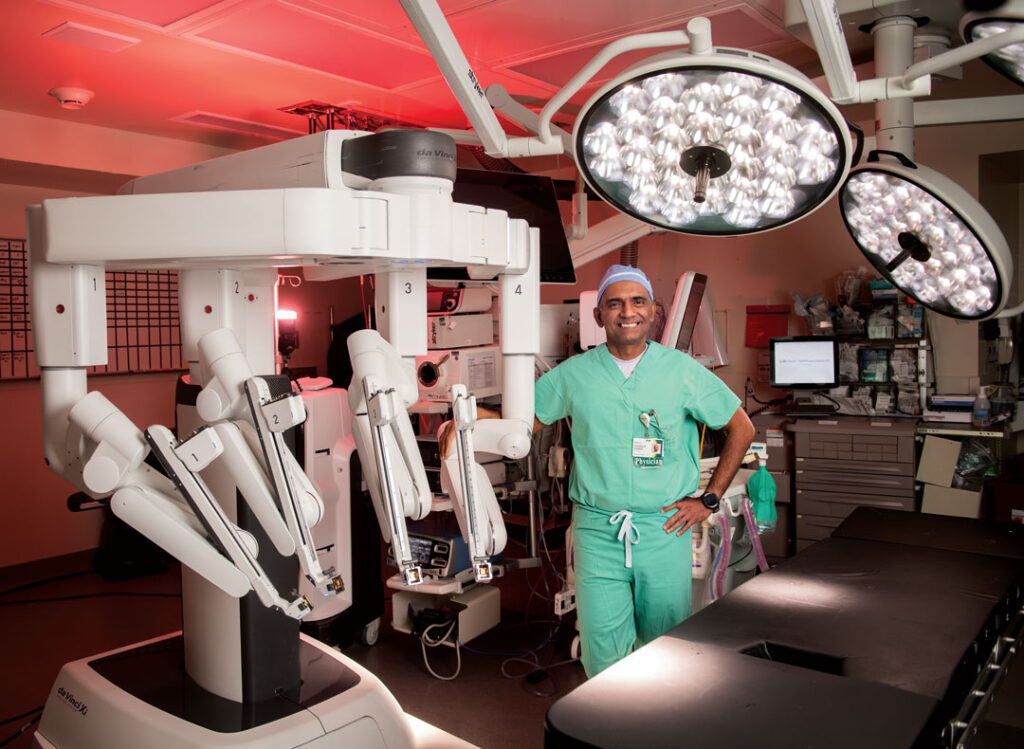A Closer Look: Hannah Inman
CEO, Great Outdoors Foundation

PERRY BEEMAN Sep 26, 2019 | 6:29 pm
6 min read time
1,391 wordsArts and Culture, Business Record Insider, Energy
Hannah Inman has been fundraising for years, and she polished her environmental ethic with one of this area’s most respected land stewards, the Iowa Natural Heritage Foundation, where she was communications director.
If you are at a meeting about improving Polk County parks, establishing the water trails network, expanding bike trails or improving water quality, you’re likely to see her.
So it made perfect sense when she became first a consultant and then executive director of the Great Outdoors Foundation. Much of her work in the past few years has revolved around supporting a multimillion-dollar makeover of Polk County’s parks, perhaps most recently newsworthy because of the overhaul of Easter Lake and the surrounding park.
Now, after turning her attention to leading the fundraising behind one of the biggest outdoor recreation projects the area has seen — the $117 million effort to create a water trails network complete with whitewater courses and quiet canoeing and fishing spots — she’s been promoted to CEO. Fortunately for all of us, the fancy title doesn’t seem to have changed her. She’s still moving with the intent and purpose of someone running a Fortune 500 company. She’s serious about her work, and self-driven, but also quick with a smile and still sporting a good sense of humor.
We asked Inman what led to the new position, and what’s up next for her.
Why this job?
I actually took the position first as a consultant, because the board wanted to change directions. Great Outdoors Foundation started primarily as a friends group for Polk County Conservation. And certainly Polk County Conservation is still a huge core of what we do. But they wanted to grow into more of an umbrella organization that aligned funding and vision for outdoor recreation and conservation projects, and to build passion for nature and healthy spaces. I was incredibly interested in the intersection of outdoor recreation and how that built passion and support for environmental conservation.
I really learned that from Mark Ackelson [former president of the Iowa Natural Heritage Foundation and a legend in environmental circles here]. The foundation was the first one to get into the paved trails system in the first place. As what was primarily a land trust, why did they get into that? They saw what the outdoor recreation did to build houses.
I was always bouncing back and forth between real estate and our company [KDC Built, a homebuilding operation] and this nonprofit role. In the end, I just missed [nonprofit work] too much. This is really my passion. There’s a need and a momentum to do this work right now. And so when I started the consultancy work, and I saw that the Great Outdoors Foundation was really committed to filling this void within our environmental family, we just made the decision. I’m dedicating my life to this. So I took the position full time.
How did the transition go?
Great Outdoors Foundation approached me, and how they were describing the job was sort of a dream job. But as you know, just because the board says they want to go to a different direction doesn’t necessarily mean they’re ready to do that. That’s why I took it as a consultancy position at first was to see if we could build it into something; I always had this vision in my mind of using outdoor recreation as this catalyst, right? Because you have so many other partners doing great work, you have Iowa Environmental Council doing their advocacy, you have [the Nature Conservancy] and the Iowa Natural Heritage Foundation in their spaces. And then you have the parks departments providing us with these outdoor recreation opportunities, but they’re really one-offs. There were really no organizations that were helping to align the vision, and then to leverage the funding for all these different groups. And I just kept having this vision that sort of came out of [noted environmental movers and shakers] Pat Boddy, Bob Riley and Mark Ackelson. You take the larger parks, right, Water Works Park, Jester Park, Chichaqua Valley, and you start to connect them with paved trails. You start to see that a system starts to exist that not only provides healthy spaces for people to recreate, but also starts to provide healthy buffer strips and habitat and green spaces and starts to address some of our environmental concerns. And then once the water trails came up, that seemed like such a natural fit to protect additional land and to increase water quality and to increase engagement. It was sort of the frontier in Iowa that was missing.
The paved trail system grew organically and has changed the face of Iowa and Central Iowa. What if we could do something similar with water trails? How could that change water quality?
I always remember how Mark Ackelson tells the story about when he was trying to do one of the first trails, the Cedar Valley Trail, and he had to be escorted out of the county by the sheriff for his own safety. People were so upset about that trail. They saw it as something that was taking land away from people.
People were burning down trail bridges on the first trails, putting tacks up to deflate tire. Now, as someone who builds homes and sells real estate, I saw people really using that as an asset. People would say the reason they were moving to communities was because of their access to trails. And then with the High Trestle Trail [between Ankeny and Woodward] we saw what an economic driver that was for Woodward and Madrid.
When you look at some of the challenges we have with water quality and rural economic development — no one’s really far from a water access point in a creek or river — I just saw the potential of learning from what others had done before what this could do to change the face of the conversation.
The water trails project didn’t originate with whitewater courses, right?
The mitigation of the dam is what gives us the opportunity to have that whitewater experience. It wasn’t that we wanted a whitewater experience first. It’s that we knew we needed to mitigate the dam, not only because of the deaths that have happened there but also because it increases flood resiliency, it increases habitat, all of those things.
You are the point guard on raising money for the water trails projects in Central Iowa. What fundraising experience have you had?
I worked on the Jester Park Nature Center, a $10.3 million project. I was involved before that in fundraising for the Iowa Natural Heritage Foundation. I was involved. We also had a development director. When I was in junior high, my parents started a church with some other families. Someone had donated the land and we needed to fund-raise for the building. And my parents — I don’t know if it was intentional, but it was genius, now that I think about it — they brought on a couple of kids to help with the fundraising. So I sat in fundraising meetings and I sat in campaign meetings. I was there when the consultant came. I was probably 14. I thought it was the coolest thing because I was sitting with all these adults. I was sitting with church leaders who happened to be leaders in the community. I was listening to how they did the whole strategy. We would do some of the [smaller] asks. When I was in college I did fundraising for the Dance Marathon and Make A Wish. I was development assistant for a private Catholic school in Austin. When we moved to Washington, D.C., I was major gifts assistant for the National Parks Conservation Association.
How are you wired?
I am definitely a purpose- and passion-driven person. I am not a micromanager-type person. So we work in collaboration, we put together the vision, and then you recruit the best people to get those jobs done. Patience is a virtue. My grandmother told me once she stopped praying for patience because God just kept giving her opportunities to use patience.
What do you do when you’re not working?
I go to a lot of children’s sporting events. Mike and I cycle a lot and do RAGBRAI every year. We entertain family and friends.





